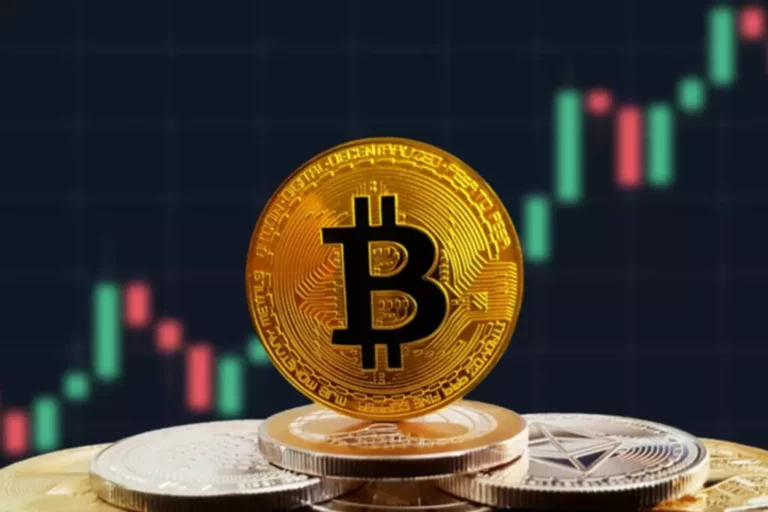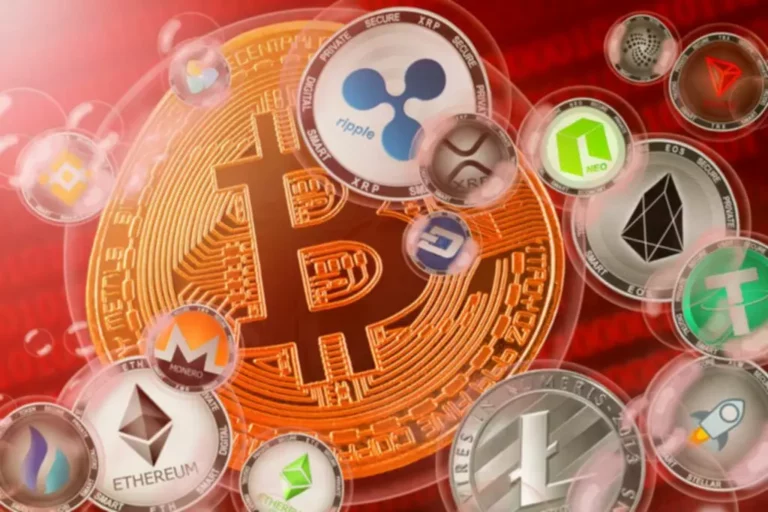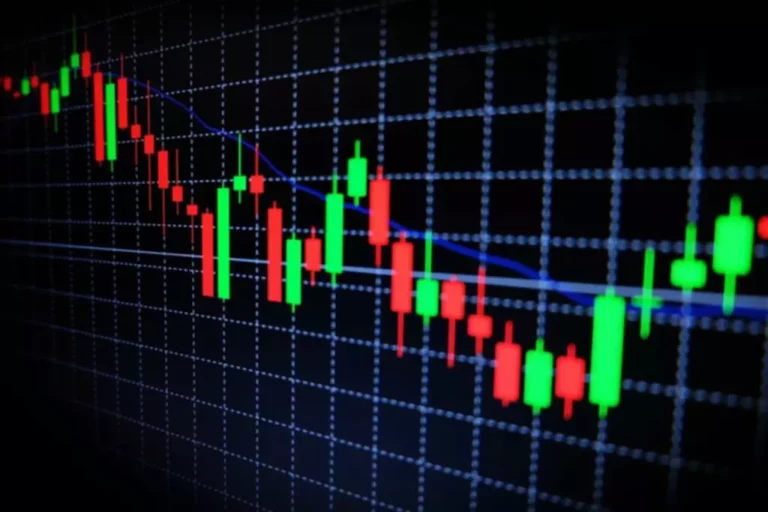A tier 1 LP can single-handedly impression the price stability of minor currencies available on the market with their capacity to buy and sell substantial quantities in brief periods. When an investor with a appreciable quantity of capital buys and sells intensive quantities of an asset, the impression on prices and different buyers might be dramatic. Liquidity providers help the markets preserve equilibrium even in the face of large transactions. Core liquidity providers make a market for an asset by providing their holdings for sale at any given time while simultaneously buying extra of them. Market stability means the state of affairs when the total share of all belongings available on the market isn’t topic to serious fluctuations on account of numerous reasons. This strategy of organising a brokerage is less complicated because the broker is just performing as a middleman.
This can result in tighter spreads, sooner execution, and potentially lower trading prices. However, liquidity provider-based brokers could charge commissions on trades or require higher preliminary deposit necessities. Liquidity providers usually connect to a number of market makers to access additional liquidity sources. This permits them to ensure liquidity provider forex enough liquidity for his or her purchasers, even in highly liquid markets or in periods of elevated trading activity. By leveraging the providers of market makers, liquidity suppliers can offer more competitive costs and a broader range of monetary devices to their clients.
Characteristics Of Liquidity Providers
As they repeatedly provide quotes, their actions influence the bid-ask spread and the market price. Their presence helps decide fair costs for financial devices and facilitates environment friendly price formation. While liquidity providers play an important role in market liquidity, they face sure challenges. Liquidity providers should ensure that their quotes are balanced and that they have adequate capital to deal with potential losses. Additionally, they need to be vigilant in monitoring market situations and adjusting their quotes accordingly to mirror changing supply and demand dynamics. B-book brokers take the opposite side of their customer’s trades and do not move the orders to a liquidity provider.

Liquidity suppliers are a brand new method to add liquidity to a market immediately, without having a middleman. Liquidity providers might earn income by way of the bid-ask unfold or by charging commissions on trades, relying on their enterprise model. The establishment of buying and selling desks, in addition to algorithmic buying and selling, which routinely takes the opposing facet of customers’ transactions, are examples of these methods.
Strategies Employed By Liquidity Providers
Thus, the fashionable markets have created a wholly new company sector that handles this problem. As the most powerful coin, BTC predetermines the crypto market’s growth, and the Bitcoin dominance index is one crucial indicator that helps with this. At first look, their roles look like comparable, however a better look reveals the differences that distinguish them.

DMMs are among the exchange’s core liquidity providers, answerable for the provision and orderly buying and selling of an assigned record of shares. This means they take the other side of the trade when there is an imbalance of buying for and selling available within the market. Liquidity provider vs Market makers contribute to market liquidity, there are key distinctions between the 2. Liquidity providers give attention to supplying liquidity directly to the market, primarily by way of DMA models. On the other hand, market makers act as intermediaries and quote bids and ask costs for particular devices, often operating in OTC markets.
Real-world Applications Of Liquidity Providers
Market makers are usually considered high-volume traders, similar to funding banks, or brokerage firms, that actually “make a market” for property, striving to ensure market liquidity at any price. Advancements in market-making have a significant impact on the whole monetary trade. The monetary system has slowly developed towards an increasingly automated process over the previous twenty years. A key component of that transition is the substitute of traditional market makers with laptop applications that make decisions in fractions of a second utilizing subtle algorithms.

Tier1 liquidity providers are the most reputable banks and establishments, similar to Deutsche Bank and Bank of America. These organisations interact and trade with one another immediately by way of the ECN system, thus forming the interbank market. Tier2 suppliers are smaller firms which normally serve as intermediaries between brokers and the interbank market. Liquidity providers are market members, typically major financial establishments or companies, that ensure there’s an ample supply of property available in the market for lively buying and selling. Similarly, within the Forex, inventory or crypto markets, liquidity is a crucial issue that reflects an investor’s ability to buy or sell currencies and other belongings shortly. High liquidity ensures well timed execution of orders, whereas low liquidity could end in order execution delays, resulting in unexpected losses.
Components To Suppose About When Selecting A Liquidity Provider Or Market Maker
In this article, we’ll study the roles, differences, and impacts of liquidity providers and market makers. Market makers and liquidity providers are each essential participants in financial markets, every with its personal set of duties. They guarantee liquidity, stability, and accessibility, which contributes to the general effectivity and success of various monetary markets. By providing liquidity and facilitating trades, these establishments scale back the probability of the market halting because of a scarcity of consumers or sellers.
- Firstly, they improve market depth, making certain that merchants can execute orders of assorted sizes without significantly impacting the market worth.
- In actuality, some Market Makers earn commissions by providing liquidity to the businesses that they symbolize on behalf of their prospects.
- When deciding on a forex broker for the sale, merchants typically need to suppose about whether or not they choose a broker that acts as a liquidity provider or a market maker.
- In this state of affairs, liquidity would check with the provision of job opportunities and the number of candidates on the lookout for jobs.
- The term ‘market maker’ is said to players who ‘make the market’ – i.e., banks, funds, and different institutions are the muse for Forex.
- This, in turn, retains a continuing circulate of trading and makes the market interesting to issuers trying to increase capital.
All market makers are liquidity suppliers, but not all liquidity suppliers perform as market makers. Liquidity providers can include entities that contribute assets to the market with out actively participating in spread-based trading strategies. Perhaps the best-known core liquidity suppliers are the institutions that underwrite initial public choices.
Liquidity providers and market makers make the most of superior know-how and infrastructure to ensure fast and reliable execution, minimizing latency and delays. In today’s monetary markets, nearly all of market-making is done by algorithms and computers, particularly in the crypto market. In this text, we’ll delve into the concept of a liquidity supplier vs. market maker, their features https://www.xcritical.in/, and the way they impression traders’ experiences and the market as a whole. In these instances, it is important to provide ample liquidity to stabilise the prices and ensure that wholesome currencies don’t suffer from momentary shocks to the system. In this case, LPs and MMs are the first line of defence, supplying funds wherever and whenever required.
Core liquidity suppliers are sometimes institutions or banks that underwrite or finance fairness or debt transactions after which make a market or assist in the trading of the securities. In distinction to liquidity providers, B-book brokers take the other aspect of their prospects’ transactions and don’t ship the orders through to a 3rd get together. In reality, some Market Makers earn commissions by offering liquidity to the companies that they represent on behalf of their clients. They make positive the trading of assets by establishing prices for specific securities and belongings.

Financial markets remain liquid—meaning traders can persistently buy and sell belongings on demand—thanks to core liquidity suppliers. These are sometimes banks and different financial firms that buy and promote large portions of belongings to ensure their availability. A key characteristic of core liquidity providers is that they regularly present liquidity in all market conditions—not just when they find it advantageous to buy or sell a security. Slippage is when a transaction is initiated at a value that’s recognized prematurely but might open at a completely completely different price, both for higher and for worse. Liquidity suppliers and market makers, offering liquidity, guarantee a state of affairs by which the appearance of a selection is virtually excluded, especially for popular buying and selling instruments. A liquidity provider-based dealer typically presents direct market access, enabling traders to access liquidity from a quantity of sources.
Liquidity suppliers provide buy and sell quotes for various monetary devices, making a pool of liquidity that allows merchants to execute their orders efficiently. Meanwhile, you can’t buy currencies ‘from nobody’; for this reason Forex unites banks, investment funds, hedge funds, and other institutions associated to finances. Major institutions are called market makers (MMs) as they preserve the FX sector active. This, in flip, keeps a relentless circulate of buying and selling and makes the market appealing to issuers looking to raise capital. Liquidity suppliers sometimes have contractual agreements with aggregators or brokers, while market makers could have contracts with exchanges or buying and selling platforms.


No responses yet